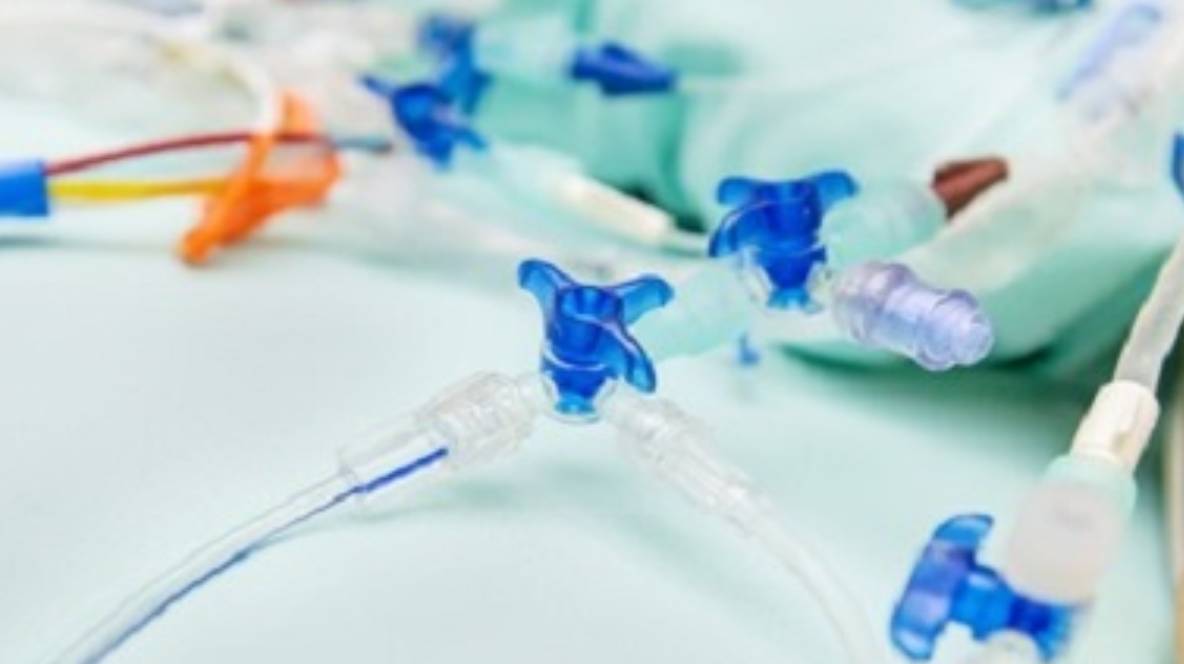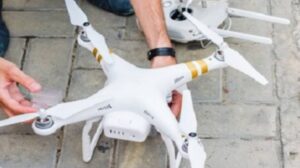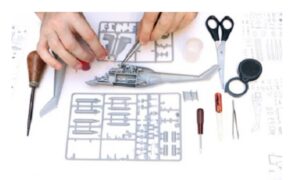The world of medical devices demands both functionality and patient safety. Thermoplastic elastomers (TPEs) offer distinct advantages – flexibility, biocompatibility, and recyclability – making them a compelling choice for various medical device components. However, bonding TPEs to connectors can be a challenge. This blog dives into the world of bonding TPEs for medical devices, exploring the challenges, solutions, and best practices to achieve secure and reliable connections.
Why Use TPEs in Medical Devices?
TPEs offer numerous benefits for medical device applications:
- Enhanced Patient Comfort: TPEs provide a soft, pliable feel, improving patient comfort during device use.
- Biocompatibility: Many TPEs are biocompatible, minimizing the risk of adverse tissue reactions.
- Durability and Flexibility: TPEs offer good durability and flexibility, making them ideal for applications requiring both strength and adaptability.
- Recyclability: Certain TPEs are recyclable, contributing to a more sustainable manufacturing process.
Challenges of Bonding TPEs
Despite their advantages, bonding TPEs to connectors can be challenging due to:
- Low Surface Energy: TPEs often have a low surface energy, making it difficult for adhesives to adhere effectively.
- Chemical Resistance: Certain TPE formulations possess good chemical resistance, which can hinder adhesive bonding.
Solutions for Effective TPE Bonding
Fortunately, solutions exist to overcome these challenges and achieve secure bonding of TPEs to connectors in medical devices:
- Surface Pretreatment: Techniques like plasma treatment or chemical etching can increase the surface energy of TPEs, improving adhesion.
- Primer Application: Primers create a compatible layer between the TPE and the adhesive, enhancing bond strength.
- Adhesive Selection: Specific adhesives formulated for low surface energy materials like TPEs offer superior bond strength and performance. These may include:
- Cyanoacrylate Adhesives (Super Glues): Fast-curing and well-suited for small parts, but require careful application due to their rapid setting time.
- Epoxy Adhesives: Two-part epoxies provide excellent strength and chemical resistance, making them ideal for demanding applications.
- Polyurethane Adhesives: Offer good flexibility and durability, suitable for applications requiring some degree of joint movement.
Best Practices for Bonding TPEs in Medical Devices
- Material Compatibility: Ensure compatibility between the chosen TPE, adhesive, and connector material.
- Surface Preparation: Thorough cleaning and appropriate surface pretreatment are crucial for optimal adhesion.
- Adhesive Selection: Select an adhesive specifically designed for bonding TPEs, considering factors like curing speed, strength requirements, and regulatory compliance for medical devices.
- Controlled Application: Follow the adhesive manufacturer’s instructions for proper application and curing procedures.
- Testing and Validation: Conduct thorough testing to validate the bond strength and performance of the chosen bonding method for your specific application.
Embrace Secure Connections with Effective TPE Bonding
By understanding the challenges and implementing the solutions discussed above, manufacturers can achieve reliable and durable bonding of TPEs to connectors in medical devices. This ensures optimal functionality, patient comfort, and device performance in critical medical applications. So, explore the possibilities of TPEs in your medical device designs and leverage effective bonding techniques to bridge the gap between materials and create innovative solutions that improve patient care.
Incure Cyro-Weld Series Core Products - TPE Adhesives
Incure Cyro-Weld™ 5480: Ultra-Fast UV/Visible Light Curing, Medical-Grade, Low Viscosity Adhesive for High-Strength Bonding of Plastics.
Incure Cyro-Weld™ 5300F: Ultra-Fast UV/Visible/LED Curing, Medical-Grade, Acid-Free, Multi-Substrate Adhesive for High-Clarity, Fluorescing Bonding.
Incure Cyro-Weld™ 5021F: Ultra-Fast UV/Visible/LED Curing, Medical-Grade, Acid-Free, Multi-Substrate Adhesive for High-Clarity, Needle Bonding.
Incure Cyro-Weld™ 5422F: Ultra-Fast UV/Visible/LED Curing, Medical-Grade, Acid-Free, Multi-Substrate Adhesive for High-Strength, Fluorescing Needle Bonding.
Incure Cyro-Weld™ 5463: Ultra-Fast UV/Visible Light Curing, Medical-Grade, Medium Viscosity Adhesive for High-Strength Bonding of Plastics.
Incure Cyro-Weld™ 5422T: Ultra-Fast UV/Visible/LED Curing, Medical-Grade, Medium Viscosity Adhesive for High-Strength, Tack-Free Needle Bonding with High Elongation.
Incure Cyro-Weld™ 5422VT: Ultra-Fast UV/Visible/LED Curing, Medical-Grade, Medium-High Viscosity Adhesive for Extremely High-Strength Bonding of Dissimilar Substrates with Vibration Isolation.
Incure Cyro-Weld™ 5459: Ultra-Fast UV/Visible/LED Curing, Medical-Grade, Medium Viscosity Adhesive for High-Strength Needle Bonding with High Elongation.
Package Size: 10 ml syringe / 30 ml syringe / 1 kg Bottle
Above products are available in other Viscosities versions:
T (Thick), VT (Very Thick), G (Gel), S (Special Viscosity)


